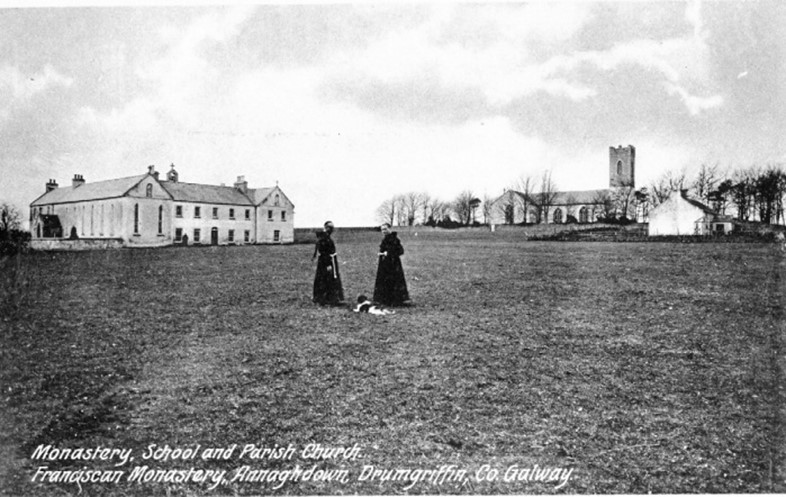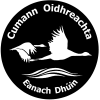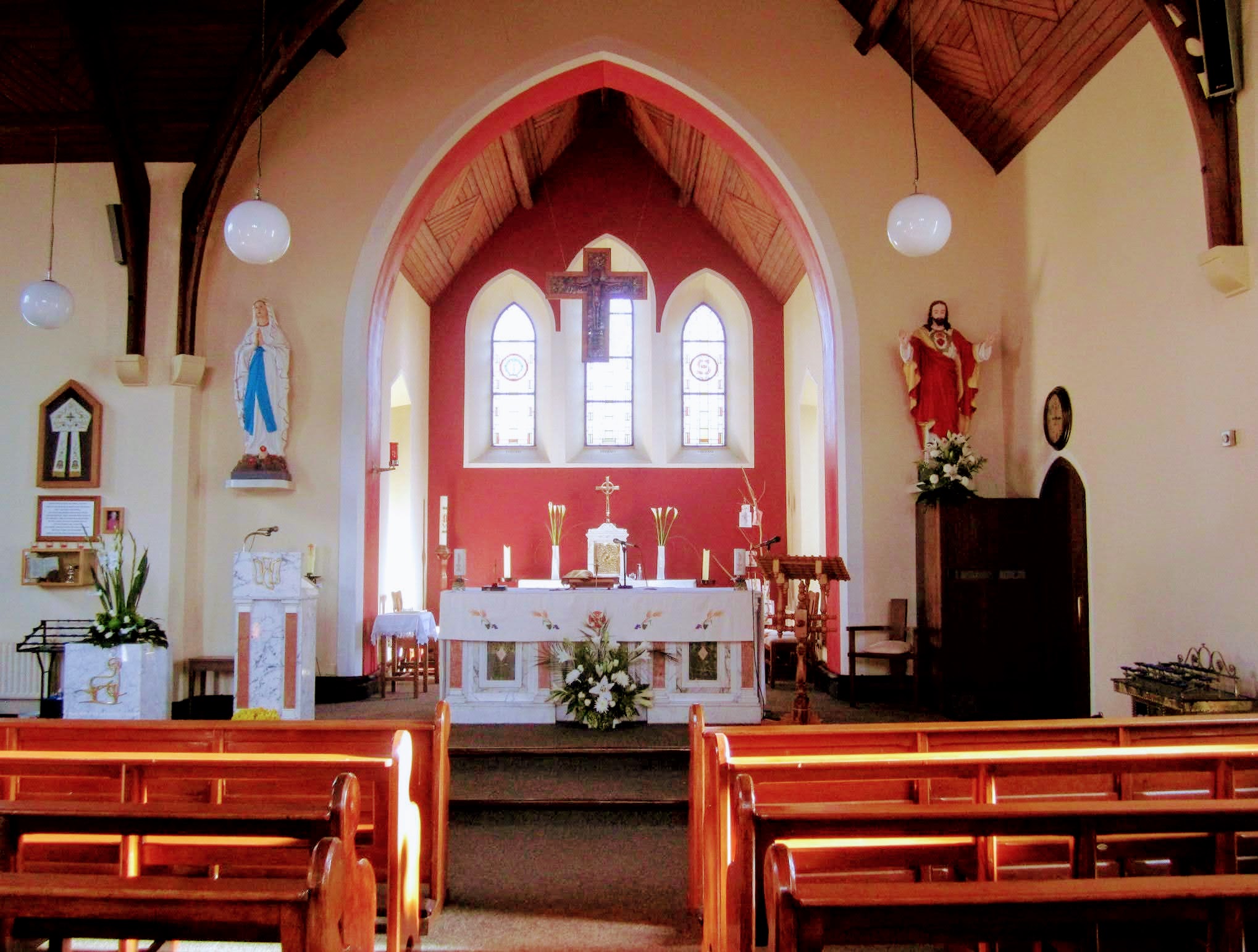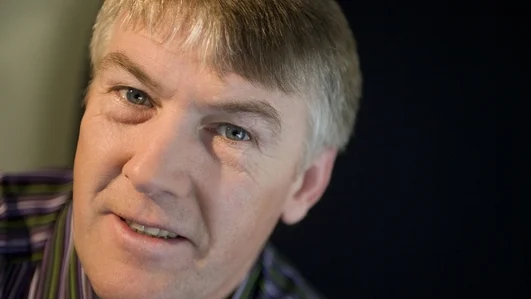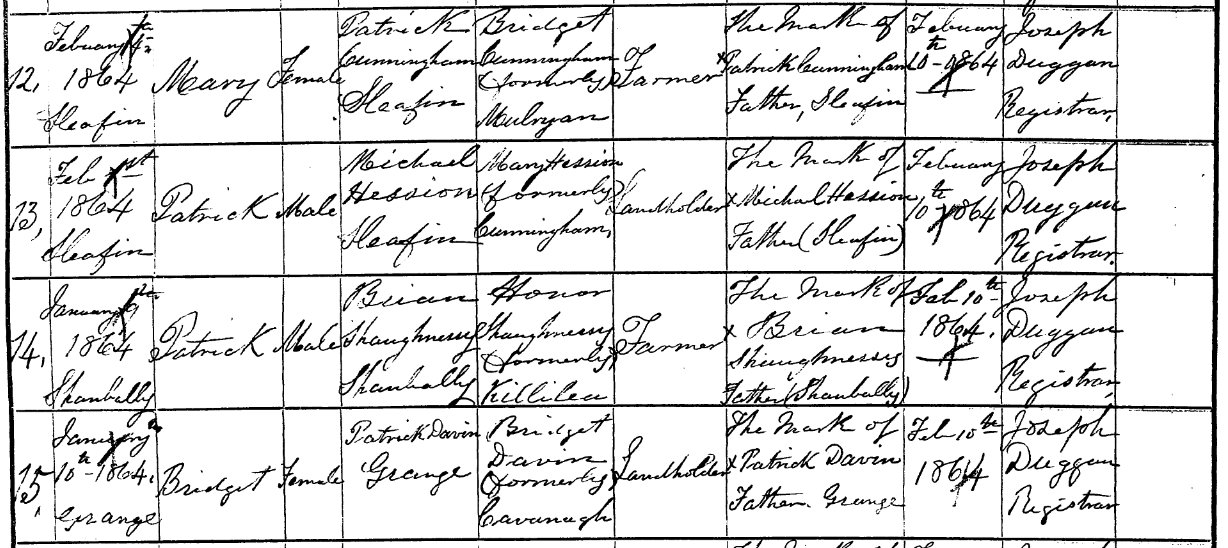The building was originally known as Annaghdown Monastery in the Post Office district of Drumgriffin. The first group of Brothers to come in 1851 comprised of four members. They were led by Br. Elias Silke, a renowned teacher of Irish and History. Among those he taught at Errew Monastery, Castlebar was Canon Ulick Bourke who later became a leading professor of Irish at Maynooth and who left him a signed copy of his famous “The College Irish Grammar” as a token of appreciation for his former teacher of Irish. Br. Francis Kelly was a native of Kilkerrin, Ballinasloe. Another member of the founding group Br. John Concannon travelled to New York later where he joined the Franciscan Brothers in Brooklyn. Br. Clement Halloran was the fourth member of the original group. On their arrival from Errew Monastery they were granted a three acre site by Francis Blake of Cregg Castle, on which they were directed to erect a monastery and school. According to a written account,the site comprised of nearly three acres of bare, rocky land”. Immediately on their arrival, the Brothers began to teach “in a small thatched house across from the Chapel”. Shortly afterwards they purchased a farm from John Butler, Esq. of Tonagarraun, and built a temporary dwelling house there while they were completing their monastery. This was probably a small building where the local supermarket now stands.
The Franciscan Brothers in Corrandulla
